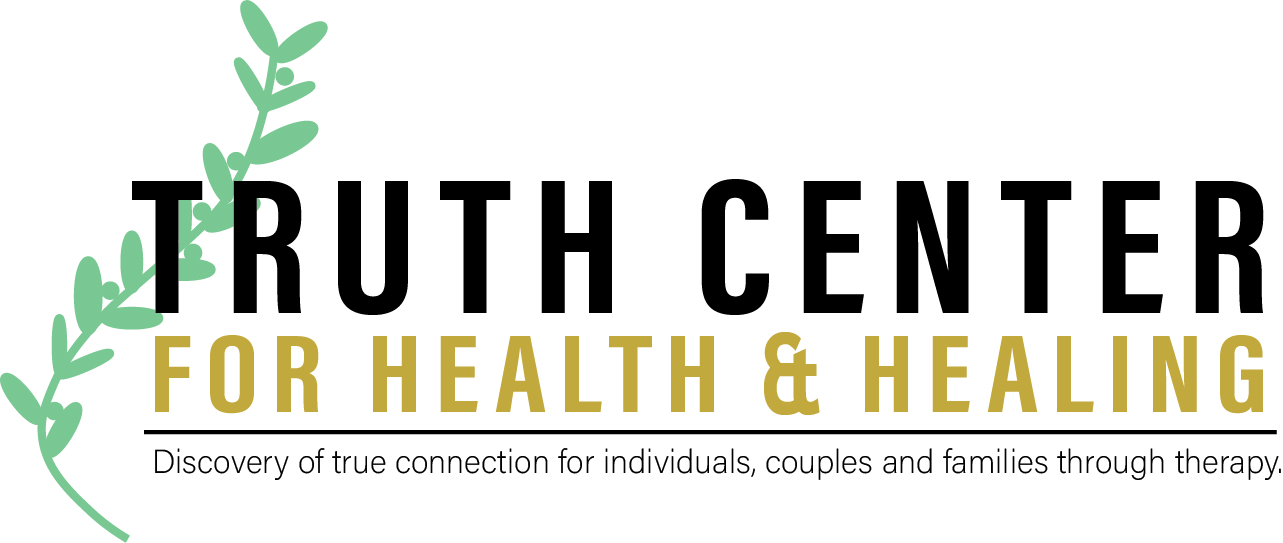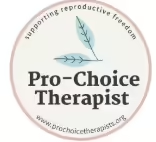As a culture, we are moving towards learning about and caring for our mental health needs. Folks are turning to therapy for healing wounds, working through challenging patterns, or even for learning about themselves. Romantic relationship therapy is yet another avenue people can take to enrich their lives and cultivate increased relational satisfaction. 10% of U.S. adults cohabitating with a romantic partner(s) are currently in couples or romantic partnership therapy, and 37% have been at some point in the course of their relationship (Ingalls, 2023), numbers that are likely stunted by misconceptions about relationship therapy. There is broader curiosity about what this type of therapy looks like and who it is best suited for. Below are some questions I have heard from clients and also from people in my own life on what relational therapy looks like.
What kind of issues is it good for? Does my relationship need therapy?
There is a stereotype that folks primarily enter romantic relationship therapy for discernment (i.e. whether to get a divorce or not), infidelity, or abuse. 56% of people say that couples therapy is for “serious problems” and many believe couples in therapy are likely to break up (Ingalls, 2023). However, many couples and romantic partners actually seek therapy proactively before issues arise, and the majority of folks entering romantic partnership therapy will exit because of resolution, not because of breakup (Ingalls, 2023). The challenges couples therapy effectively treats are vast, and current research suggests that the average person exiting couples therapy is better off than 70-80% of individuals not receiving this type of care (Lebow & Snyder, 2022). The majority of people benefit from romantic partnership therapy regardless of the health of the relationship.
Romantic relationship therapy is effective in managing emotional, physical, and behavioral concerns, sexual difficulties and infidelity. Anxiety, depression or posttraumatic stress of one or more partner, and couples dealing with medical diagnoses, disordered eating, and chronic pain, among other health concerns (Lebow & Snyder, 2022). Things that are commonly viewed as individual challenges in our culture, such as substance misuse and chronic depression, can be treated quite effectively with relationship therapy, lending to the idea that when we can lean on others for support we may be better able to approach balance and comfort.
In my own clinical experience, folks seeking romantic partnership therapy often initially cite coming in to work on communication and/or trust. People may not feel on the same wavelength leading them to missed connection, a feeling of distance from their partner(s), and simply not feeling alignment with their partner. Many folks may enter therapy to make sure they are on the same page, and aware of their differences prior to taking the next step in their relationship, whether that be meeting friends, cohabitation, marriage, merging families from different cultural backgrounds, or bringing children into the mix.
Clients tend to feel that they learn a great deal about their partner(s) through the process of romantic partnership therapy, particularly with respect to their intersectional identity and cultures of origin. Oftentimes we take for granted the ways in which our backgrounds have led to the creation of our values and our sensitivities. With this understanding, people tend to move forward with a greater respect for the unique ways they impact their partner(s) and the ways they are impacted by their partner(s).
So once I’m there in romantic relationship therapy what’s it actually like? Is it any different from individual therapy?
Like individual therapy, couples therapy can take many forms that in part depend upon your clinician. I like to start therapy by getting to know a bit about the couple; how their relationship started, where they are now, what parts of their relationship are generative and which parts are a more challenging. I then like to spend some time on each partner and their background. Some clinicians may have occasional individual sessions to check in, while others may prefer to have everyone there for each session. It’s important to come to some shared intentions for the course of therapy with your partner(s) and clinician, that way the clinician and clients can best collaborate on the course of therapy. There will be weeks that are spent working through specific interactions (i.e. why was that remark so hurtful?), and others that zoom out to look at the relationship’s dynamics and cycles (i.e. me taking my alone time makes them feel like I don’t care about them). Working through those specific tough moments is in service of more generative patterns, and working through the patterns is with the goal of more positive moment-to-moment interactions. I see both as helpful and important.
In any given session, you may sometimes speak directly to your therapist, and sometimes you will speak directly to your partner(s). Speaking directly to your partner will help you build skills and ways of interacting that will help you when your therapist isn’t there. Though this can feel clunky at first, particularly when you may be used to individual therapy, you may notice that it begins to have a bit more flow.
Okay, but why does couples therapy still sound intimidating?
Many feel particular discomfort about going to romantic relationship therapy. Maybe it’s because you fear considering this step means there’s something wrong, or maybe your relationship has faced judgment, oppression or suppression, and you are nervous about opening yourself up to more. Maybe it’s just because vulnerability is challenging, period, and maybe particularly in the presence of someone from your real world. Each of these reasons are entirely valid and should you choose to move forward with beginning therapy, could be important to discuss with your clinician.
Seeking romantic relationship therapy does not mean there is anything wrong with your relationship. It is not typically a “last shot” and is certainly not a predictor of breakup. This concern is likely linked to the misconception that this type of therapy is for “serious problems,” which, though unsubstantiated, is part of our collective narrative and thus is not easy to undo.
Couples and other structures of romantic partnerships may feel guarded when considering therapy due to internal factors (shame and guilt), or external factors (disapproval and marginalization) that they experience. This fear is not without merit, especially given the harm experienced by minoritized groups, and it is logical to want to protect oneself from further pain. Shame and marginalization benefit from reassurance, acceptance and celebration. Finding a clinician who can celebrate non-monogamous, polyamorous and LGBTQIA relationships is crucial. Discussing power, privilege and equity is often a part of therapy so conversations regarding power differentials, the role of culture, and one’s intersectional identity may allow space for shared understanding of these fears, their histories and how best to work with them rather than against them.
Conclusion
Relationships of any kind may take some work to achieve and maintain balance. There is no shame in building some skills, cultivating greater understanding, and voicing your relationship needs. There is also no shame in noticing that it is not the right time or can’t be a priority at this point. Therapy of any form is a consenting process to which you can say no to any part of, decide to take a pause, ask for a referral, or stop altogether. Take some time to locate your inner voice and trust it. Ultimately only you know what is best for you.





